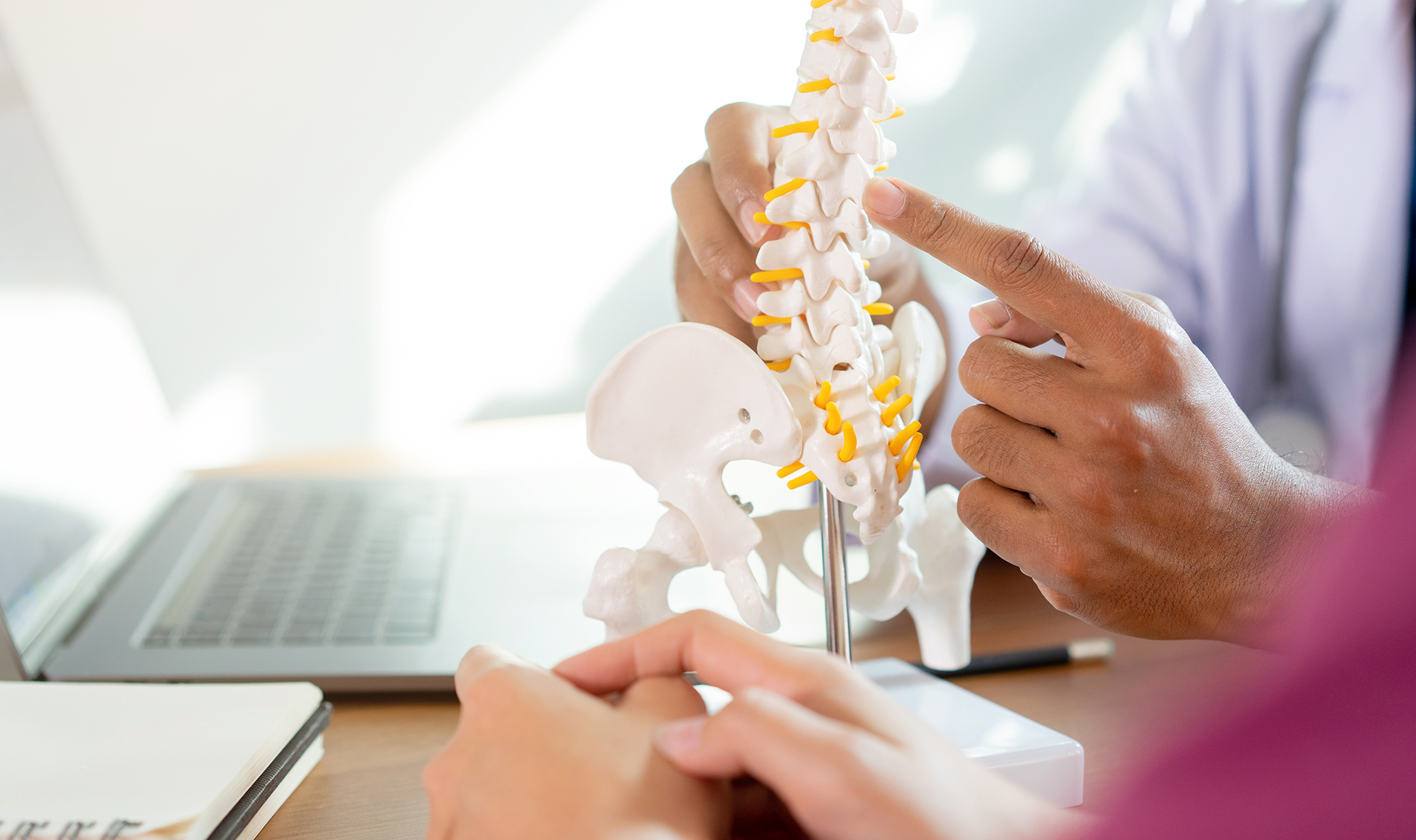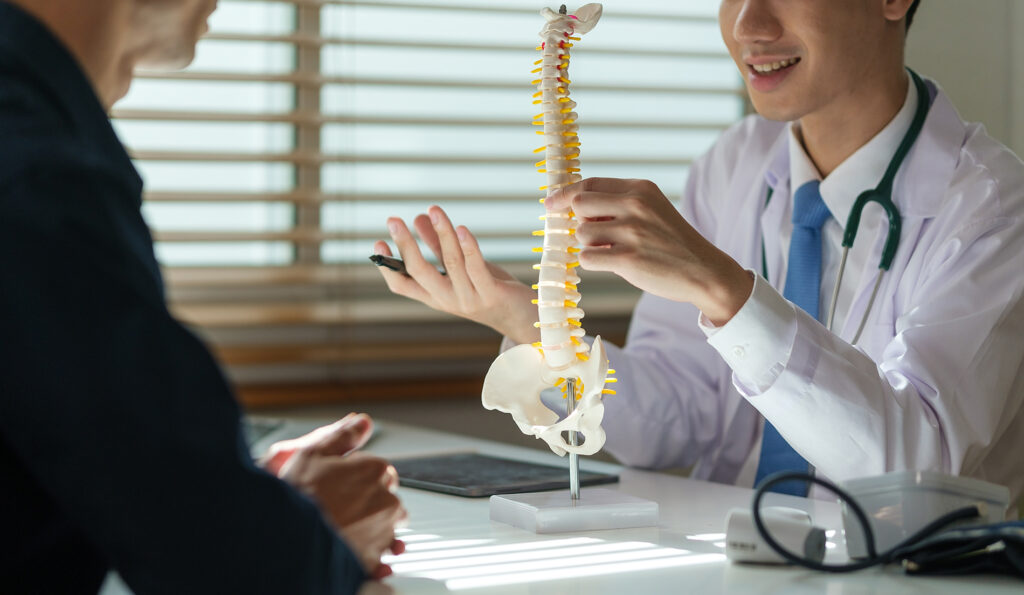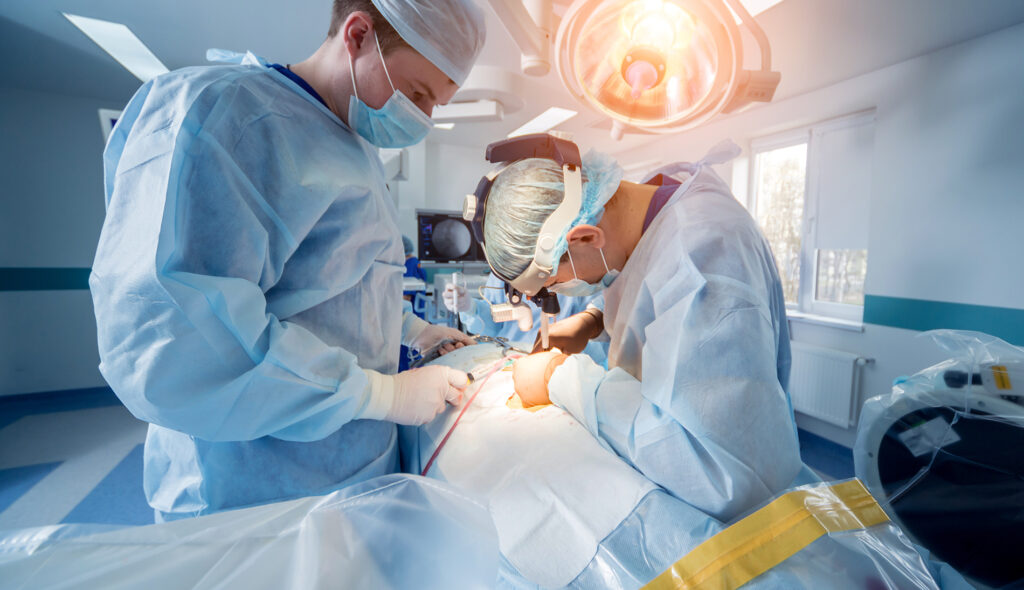
Spinal Cord Stimulation
The Process of Spinal Cord Stimulation Implantation
- The implantation of a spinal cord stimulator unfolds in two stages: implanting the stimulator itself and subsequently introducing a pulse generator to power it. During the initial phase, an incision is made on the patient’s back, allowing the wires with electrodes to be threaded through and positioned adjacent to the spinal cord.
- In the subsequent stage, the pulse generator is implanted by making an incision on the buttocks or abdomen. The generator is situated between layers of skin and muscle. An extension wire connects the spine to the area where the generator is positioned.
- The incisions are closed using staples or sutures. The entire procedure typically lasts 1 to 2 hours, with patients typically returning home on the same day.


Recovery from Spinal Cord Stimulation Implantation
Pain resulting from the SCS implantation is managed using prescription medication and/or over-the-counter pain relievers. During the healing period, which spans 6 to 8 weeks, patients are advised to avoid activities involving lifting, bending, twisting, and stretching.
Risks and Complications Associated with Spinal Cord Stimulation
In addition to general surgical risks, those associated with SCS encompass spinal fluid leakage and paralysis. Specific complications related to the stimulator include the following:
- Intermittent or cessation of device functionality
- Over-stimulation or unpleasant sensations caused by the device
- Misplacement of stimulation
- Allergic reactions due to the device
- Additionally, the device’s wires might shift or sustain damage, potentially necessitating further surgical intervention.

Book an appointment
"*" indicates required fields










